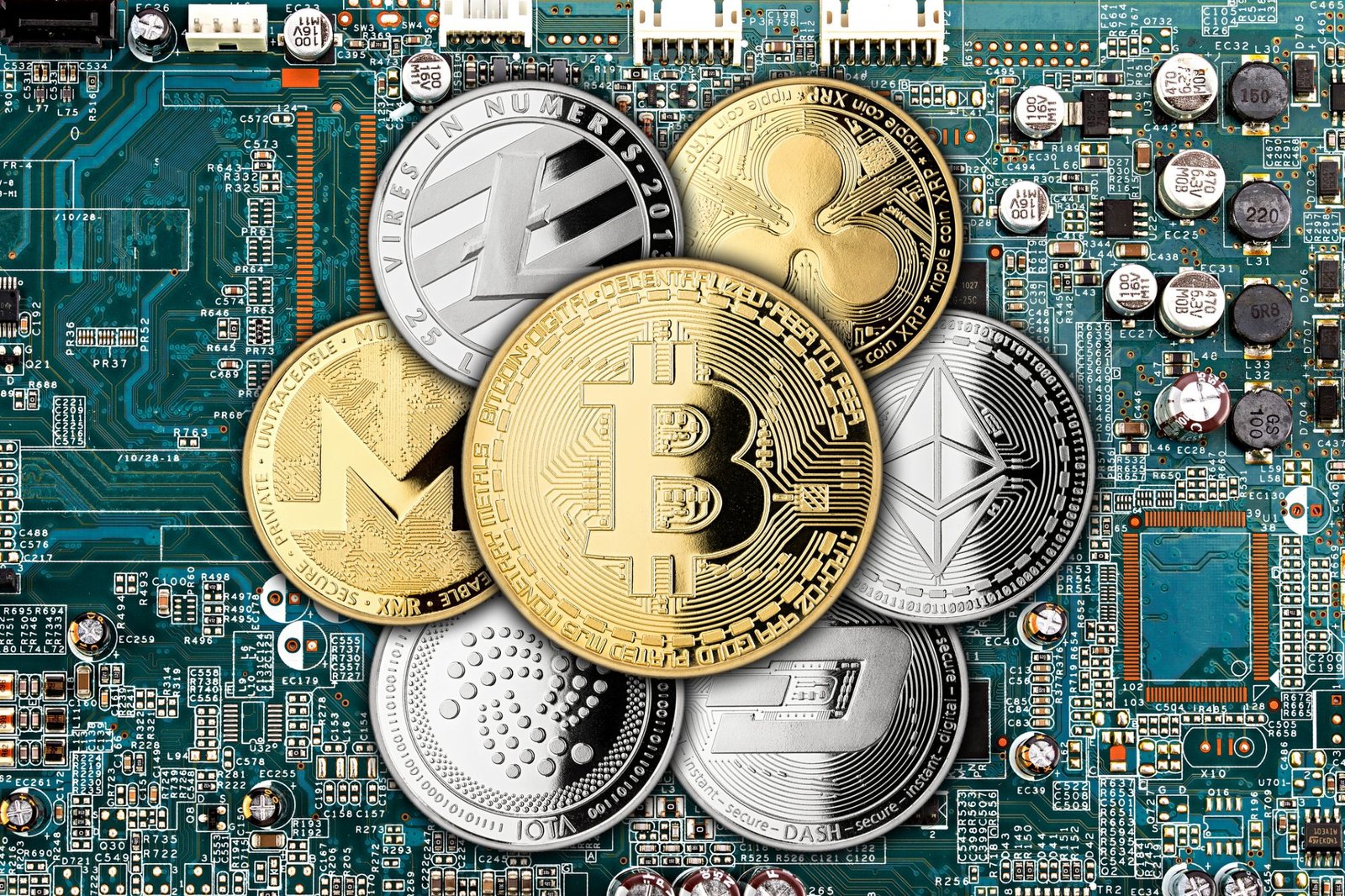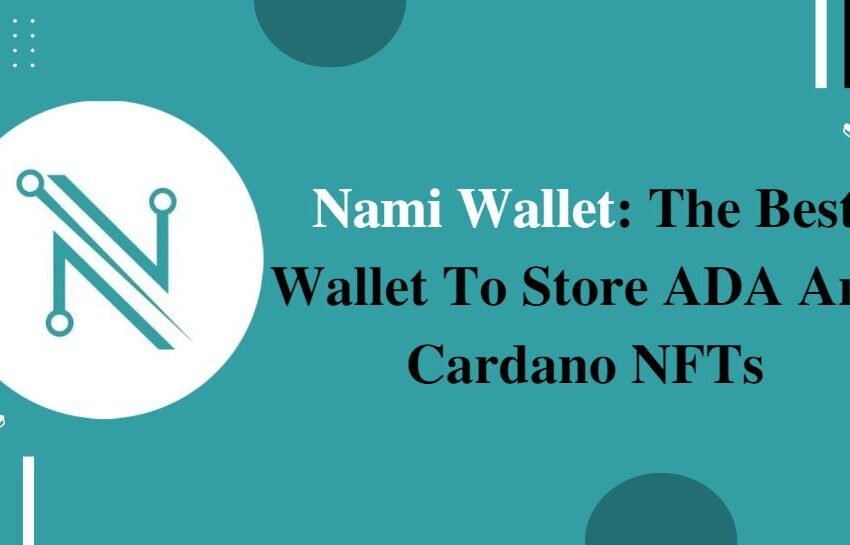What is Cryptocurrency Mining? A Beginner’s Guide
Cryptocurrency mining entails the process of rewarding network users with coins for validating transactions.

Quick Takes:
In this piece, you will learn
- What is cryptocurrency mining
- Process of cryptocurrency mining
- How miner nodes in the bitcoin network solve mathematical puzzles
- How miners employ the use of mining pools to better their chance of creating the next block in the network
Let’s dive in.
What is Cryptocurrency Mining?
Cryptocurrency mining entails the process of rewarding network users with coins for validating transactions.
The Basics of Cryptocurrency Mining
Mining cryptocurrencies requires specialized equipment which produces high enough computing power. It is needed to solve mathematical puzzles every participating member (node) in the network must undergo to find the answer to complex problems.
This arises every time network users transact among themselves like sending coins from one party to another. To prevent a user from spending a coin multiple times – double-spending and defrauding others, transactions must be validated by special nodes called miners.
Miners, while verifying and validating these transactions create new coins. These new coins are their block rewards. Subsequently, the rewards are what we have come to know as block rewards.
How Does it Work?
Let’s use a typical and most prominent example – the Bitcoin network to explain in more detail, how mining really works.
By sending a coin to another person, you are using the network. And every time you send another member who could be a merchant, a fellow cryptocurrency enthusiast some bitcoins, the blockchain makes a copy of that transaction on a public ledger. It is public because other parties such as validators and mining nodes also have a copy of that transaction record.
To verify that these transactions are genuine, miners follow some technical processes.
As people make transactions, they enter not confirmed immediately but enter into a memory pool otherwise called mempool for short. Miners will then validate these transactions and fit them into a 1MB block. It is a competition among nodes to be the first to guess a unique 64-digit hexadecimal number also known as a hash.
Each transaction hash is arranged in two (pairing of transaction hash) and organized into a trellised form called Merkle Tree. The top of the tree known as the root hash contains information about other hashes that were arranged in pairs.
As this is a blockchain, every new block must connect to the previous block. In essence, the root hash together with the block hash of the previous block and a random number called a nonce. The nonce plus other parameters are grouped into a block header. This is then further hashed to produce the block hash.
“Did you know it is the process of confirming transactions on the bitcoin network that new coins are created?”
Solve the Puzzle
But to get the hash for this new block requires a lot of mathematical computation. This is because it’s simply a puzzle that does not have a formula that gives any specific answer.
Therefore cryptocurrency miner nodes must repetitively hash the block header using a different nonce. However, a miner can only apply a nonce once. Miners keep applying new nonce until one of the network miners guesses the correct one and obtains a valid block hash. As soon as the miner gets the hash, the finder node broadcasts to the network. All other competing nodes will check if the hash is valid and, if so, add the block into their copy of the blockchain.
“Did you know the answer to the mathematical puzzle every node in the network are required to solve is to be got by guesswork?”
Difficulty Level
Block hashes are to be less than or equal to a target value set by the network. The target value is technically the Difficulty Level. It keeps adjusting on the basis of hash powers miner nodes produce on the network.
“Did you know that the Bitcoin network produces about 5.5 quintillion hashes per second?”
The difficulty level increases upon an increase in the number of cryptocurrency miners in the network to keep the amount of time required to mine a block fairly constant. New blocks are mined once every ten minutes. With higher hash power due to increased miners, the difficulty level is raised automatically and thus lowered with a decrease in the hash powers in the network.
Economics of Mining Pools
A miner requires that his system produce a good enough hash rate (the rate at which mathematical puzzles are solved per second) in order to stand a chance of being the node that scores the correct hash. Bitcoin network produces about 130 quintillion hashes per second. With industrial-scale mining farms set up just for the specific purpose of mining cryptocurrencies, other nodes with little computation powers stand no chance of generating the hash of the next block.
For this reason, miners often band together and pool resources to maximise their chances of profiting from the cryptocurrency mining game – creating mining pools that are simply sharing their power, as well as any returns their efforts may generate between them.
Follow Cryptodose for daily updates




